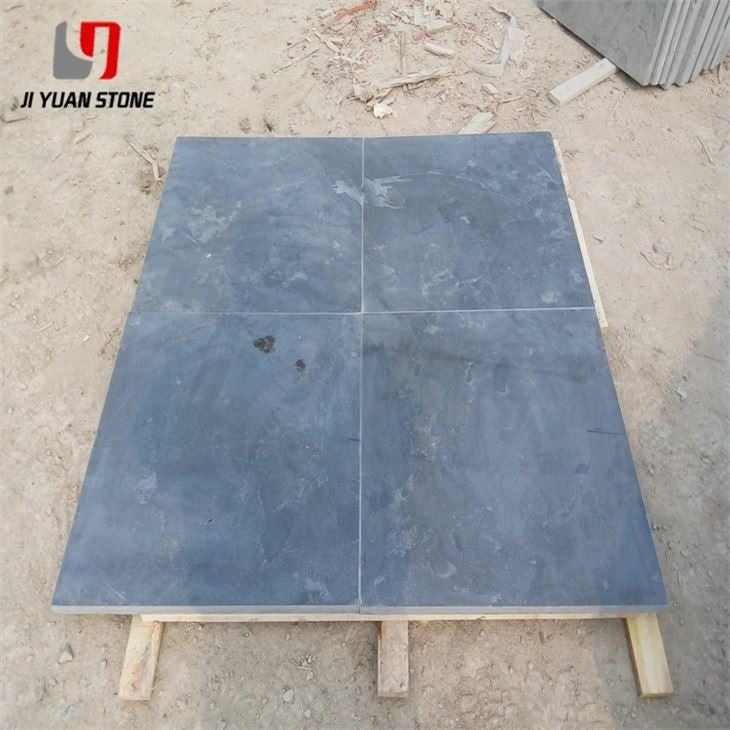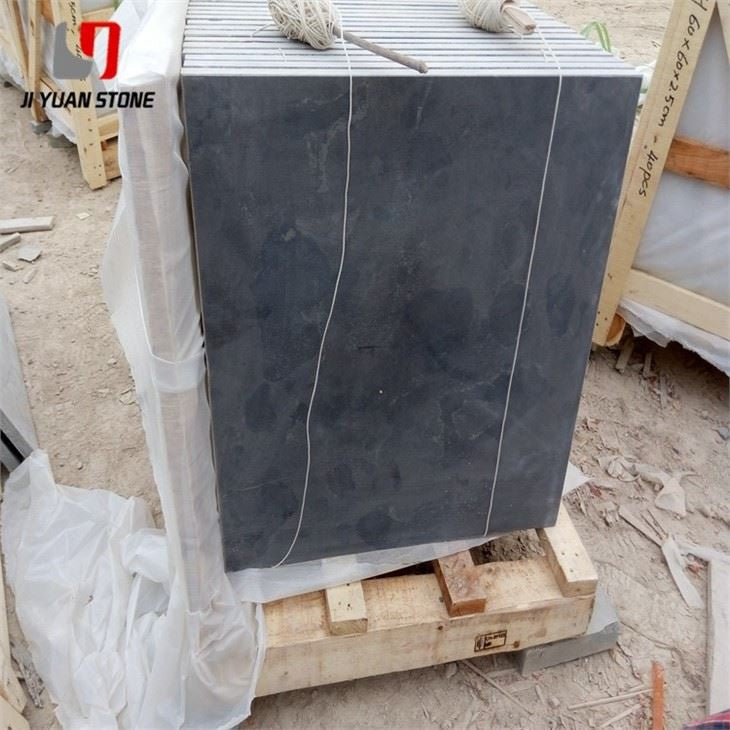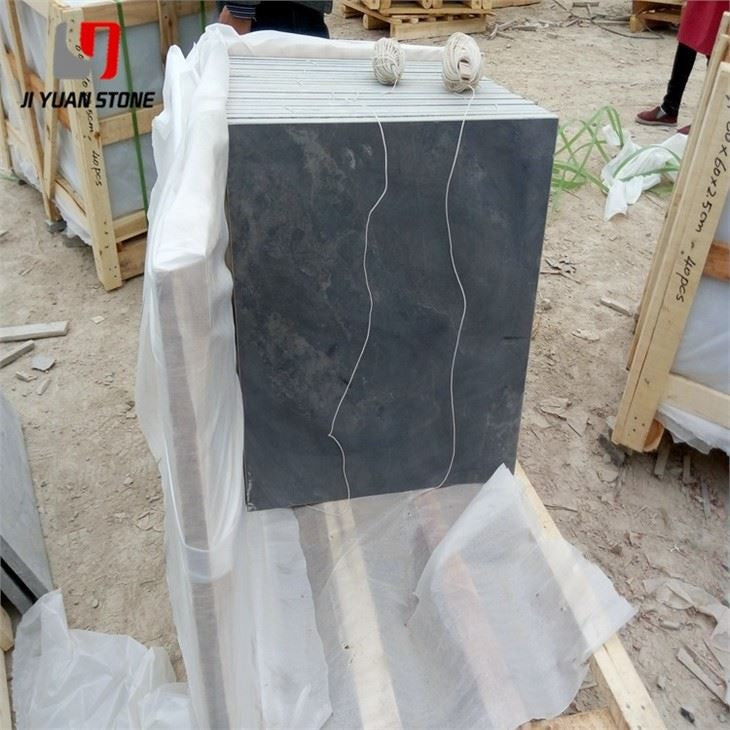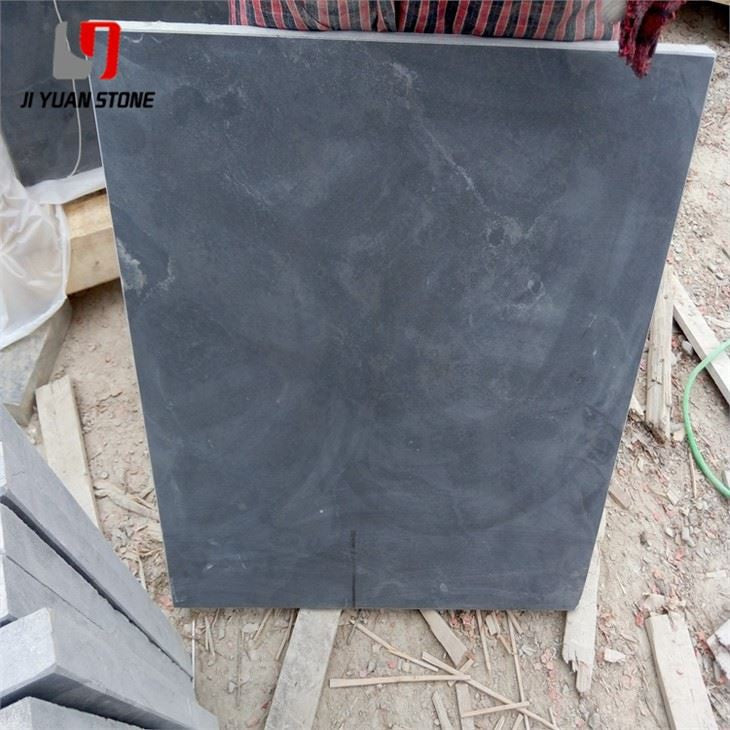Black Limestone Steps
Black Limestone Steps
Black Limestone Steps – Precision-Cut Stone for Elegant Outdoor Stairs
Enhance your outdoor space with Black Limestone Steps. Made from durable limestone, these steps provide a stylish and practical solution for creating a beautiful walkway or staircase. With a sleek black color, these steps add a modern touch to any landscape. Upgrade your outdoor design with Black Limestone Steps.
| Feature | Details |
|---|---|
| Material | Bluestone Limestone |
| Surface Finish | Honed |
| Common Slab sizes, |
|
| Common Tile Sizes, |
|
Add a timeless, architectural element to your outdoor design with Black Limestone Steps, crafted for durability, uniformity, and visual impact. These steps are ideal for garden staircases, patios, pathways, or entryways, offering a non-slip surface and refined matte finish that enhances both safety and aesthetics.
Available in both general-shaped slabs (square or rectangular) and special-shaped slabs (custom shapes), these natural stone steps are manufactured to meet national standards for thickness, flatness, and angular precision—ensuring a clean, level, and consistent installation every time.
🧱 Types of Black Limestone Steps:
1 . General-Shaped Slabs – Uniform square or rectangular shapes for standard step designs.
2 . Special-Shaped Slabs – Custom or irregular shapes tailored for creative or curved stair applications.
To guarantee seamless installation and joint alignment, all black limestone step products are cut and finished with strict adherence to national dimensional tolerance standards.
📏 Technical Specification Standards for Black Limestone Steps
(1) Allowable Deviation in Dimensions
Thickness ≤ 15mm: Allowable thickness deviation is ±1.0mm per slab.
Thickness > 15mm: Allowable deviation increases to ±2.0mm.
Length & Width: May be slightly under the specified size, but not over.
Measuring Tools:
- Length & Width: Measured with a 1.0mm precision steel ruler.
- Thickness: Measured using a vernier caliper (accuracy of 0.1mm).
(2) Permissible Limit Tolerance of Flatness
Flatness affects how level the overall staircase surface will be after paving.
- Measured using a steel flat ruler across the diagonal axes of the slab.
- A feeler gauge is used to measure any gap between the ruler and slab surface.
- For slabs longer than 1000mm, a segmented measurement method is applied.
- The maximum gap size represents the slab’s flatness limit.
(3) Allowable Limit Tolerance of Angles
- Standard Shape Slabs: The angle between two adjacent sides must be exactly 90°, with tight tolerances.
- Special Shape Slabs: Tolerances are agreed upon by supplier and buyer.
- Measured using a precision 90° steel square and feeler gauge.
- The largest gap among two or four corners is used as the final tolerance indicator.
✅ Why Choose Black Limestone Steps from Purchase Stones?
✔️ National Standard Quality – Meets strict thickness, flatness, and angle tolerances.
✔️ Multiple Shape Options – Choose from general or customized slab designs.
✔️ Slip-Resistant Surface – Perfect for safe and stylish outdoor staircases.
✔️ Weather-Resistant & Durable – Natural limestone stands up to the elements.
✔️ Easy Integration – Consistent sizing ensures hassle-free paving and alignment.
🔨 Applications:
- Garden steps & patios
- Residential and commercial staircases
- Outdoor landscaping paths
- Poolside steps & courtyard transitions
🛒 Order Black Limestone Steps Today
Trust Purchase Stones for precision-engineered Black Limestone Steps that combine natural beauty with exacting standards. Whether you're working on a classic landscape or a modern architectural project, our limestone steps are built to deliver both performance and style. Order now to elevate your outdoor design with confidence.
Share















